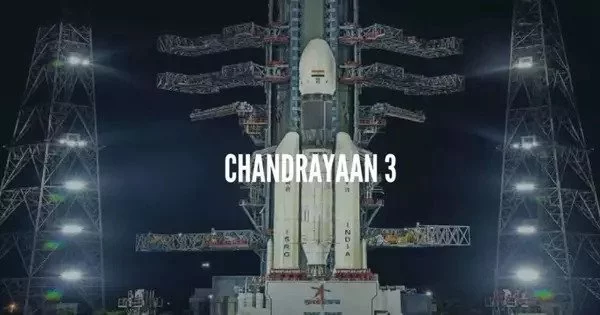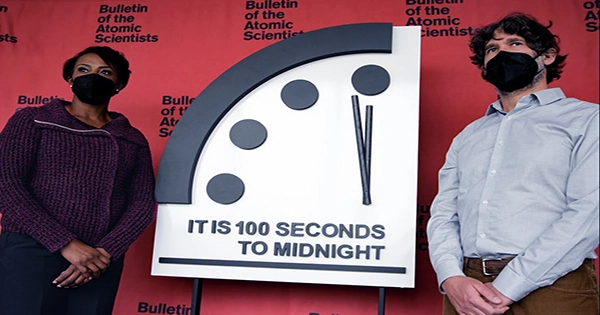India has started its third Moon mission, with the goal of becoming the first to land near the Moon’s little-explored south pole. The Chandrayaan-3 spacecraft, which included an orbiter, lander, and rover, lifted out from the Sriharikota space center at 14:35 on Friday (09:05 GMT).
The Chandrayaan-3 mission is the third in the Chandrayaan program, a series of lunar exploration missions created by the Indian Space Research Organization (ISRO). The mission, which will be launched on July 14, 2023, will comprise of a lunar lander named Vikram and a lunar rover named Pragyan, both of which were launched aboard Chandrayaan-2 in 2019.
On July 14, 2023, Chandrayaan-3 was launched from Satish Dhawan Space Centre. On 5 August, the spacecraft entered lunar orbit, and the lander landed near the lunar south pole on 23 August at 18:03 IST (12:33 UTC), making India the fourth country to safely land on the Moon and the first to do so near the lunar south pole. The lander hopped and relocated itself 30-40 cm (12-16 in) from its landing spot on September 3.
Objectives
ISRO’s mission objectives for the Chandrayaan-3 mission are:
- Engineering and implementing a lander to land safely and softly on the surface of the Moon.
- Observing and demonstrating the rover’s driving capabilities on the Moon.
- Conducting and observing experiments on the materials available on the lunar surface to better understand the composition of the Moon.
After completing all of its missions, the rover was placed to sleep on September 3. According to ISRO, its batteries were charged and the receiver was left on in preparation for the upcoming lunar night. “The rover’s payloads are turned off and the data it collected has been transmitted to Earth via the lander”, added the announcement. The lander and rover aboard Chandrayaan-3 were only expected to operate for one lunar daylight period, or 14 Earth days, and the on-board electronics were not built to resist the Moon’s overnight temperatures of −120 °C (−184 °F). The lander and rover did not answer to their wake-up calls on September 22nd, and by September 28th, neither had responded, lowering hopes for future surface operations.
On September 3, Vikram activated its engines for a brief ‘hop’ on the lunar surface, climbing 40 cm (16 in) and translating a similar distance laterally across the surface. The experiment exhibited skills that could be utilized in future sample return missions. The equipment and rover deployment ramp were withdrawn and redeployed following the hop.
Mission life
- Propulsion module: Carries lander and rover to 100-by-100-kilometre (62 mi × 62 mi) orbit, with operation of experimental payload for up to six months.
- Lander module: one lunar daylight period (14 Earth days).
- Rover module: one lunar daylight period (14 Earth days).
















